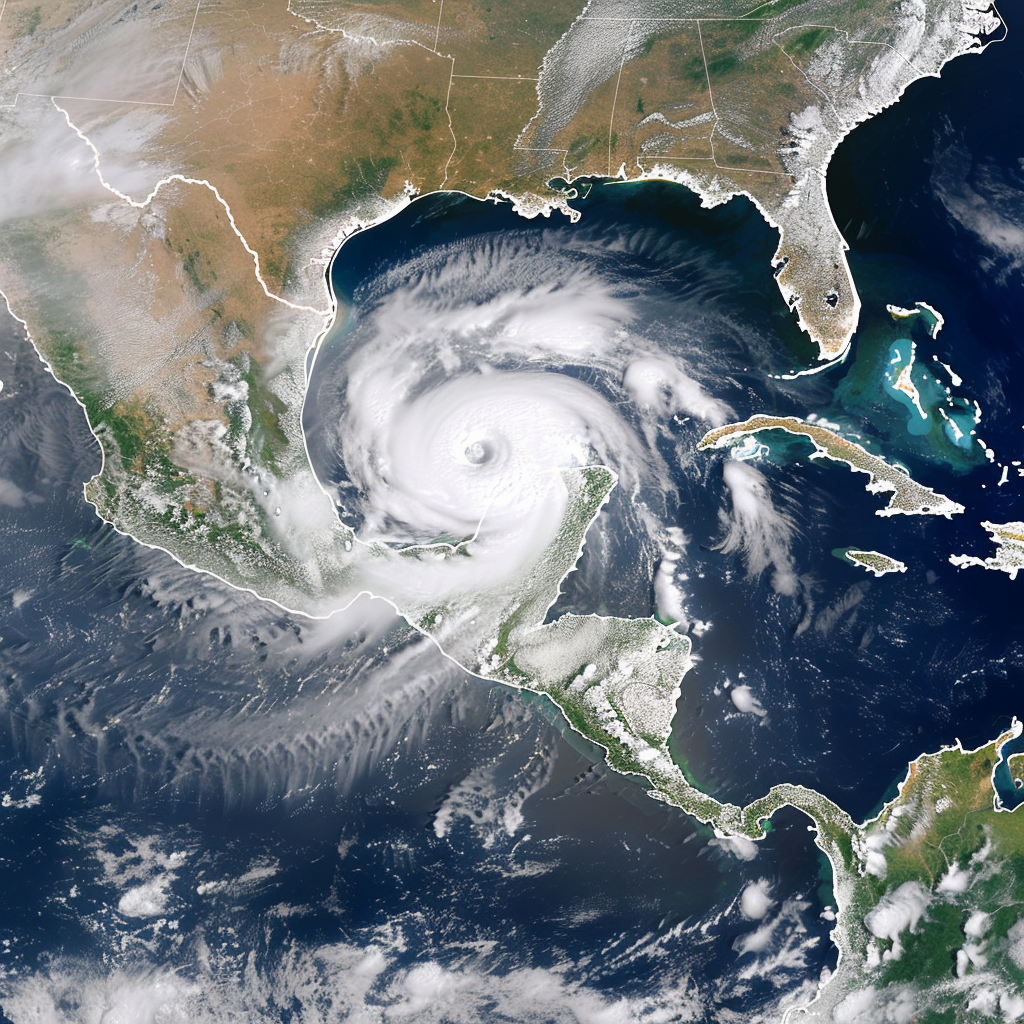As the Atlantic hurricane season kicks into gear, Hurricane Beryl has emerged as an early and ominous indicator of what meteorologists predict will be a particularly active period of tropical storm activity. According to forecasts from the Colorado State University (CSU) Tropical Meteorology Project, the 2024 hurricane season is likely to see an above-average number of storms. This trend, underscored by the rapid formation and intensification of Beryl, points to the immediate and pressing impacts of climate change on weather patterns.
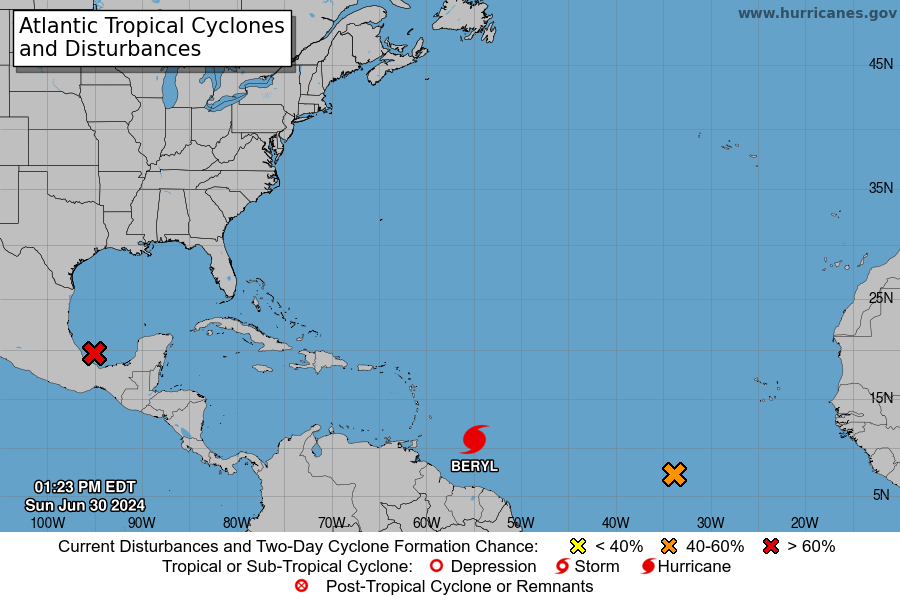
Hurricane Beryl, the first named storm of the 2024 Atlantic hurricane season, quickly gained strength, evolving from a tropical depression to a Category 2 hurricane in just a few days. The storm’s swift development and unusual intensity so early in the season have caught the attention of meteorologists and climate scientists alike. Beryl’s trajectory and power serve as a critical reminder of the increasing volatility and unpredictability of weather systems in a warming world.
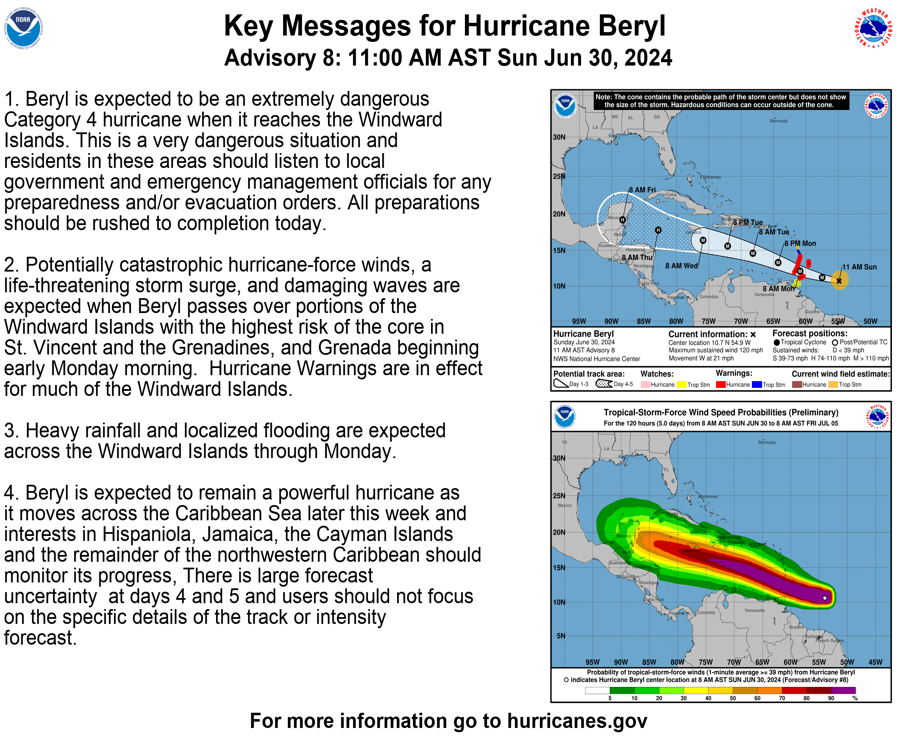
CSU’s latest forecast highlights several key factors contributing to the anticipated increase in storm activity this year. These include warmer-than-average sea surface temperatures in the Atlantic, lower wind shear, and favorable atmospheric conditions. Phil Klotzbach, a leading research scientist at CSU, has emphasized that these conditions are conducive to the development of more frequent and more intense hurricanes.
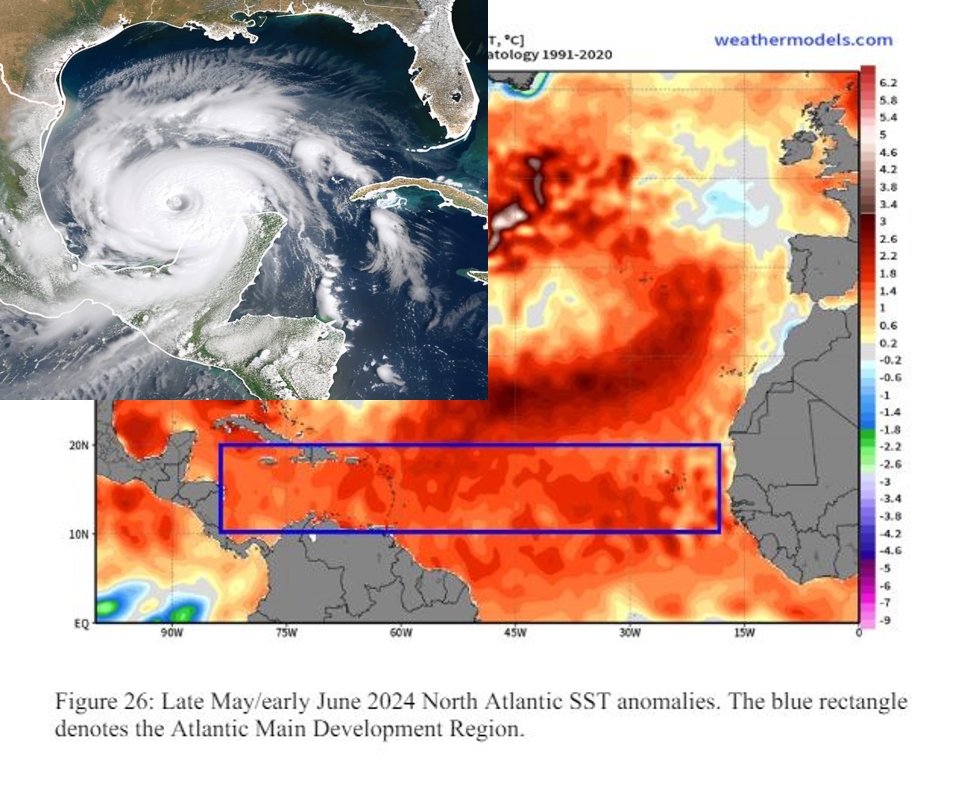
“We are expecting a total of 18 named storms, 9 hurricanes, and 4 major hurricanes,” Klotzbach stated in the most recent seasonal outlook. “The pattern we are seeing is consistent with a highly active hurricane season, similar to what we have observed in previous years, but potentially even more intense.”

The increased activity predicted by CSU and evidenced by Hurricane Beryl is not merely a result of natural variability. It is intrinsically linked to the broader and more alarming context of climate change. The Intergovernmental Panel on Climate Change (IPCC) has long warned that global warming is likely to lead to more severe and frequent weather events, including hurricanes.
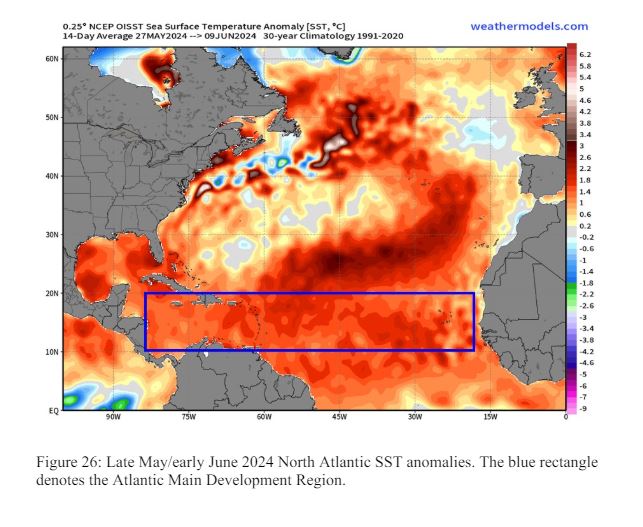
Rising global temperatures contribute to warmer sea surfaces, which in turn provide more energy for storms. Additionally, higher atmospheric moisture content and changing wind patterns create an environment that can support stronger and more persistent hurricanes. The result is a cycle of increasingly severe weather events, with each hurricane season potentially more destructive than the last.
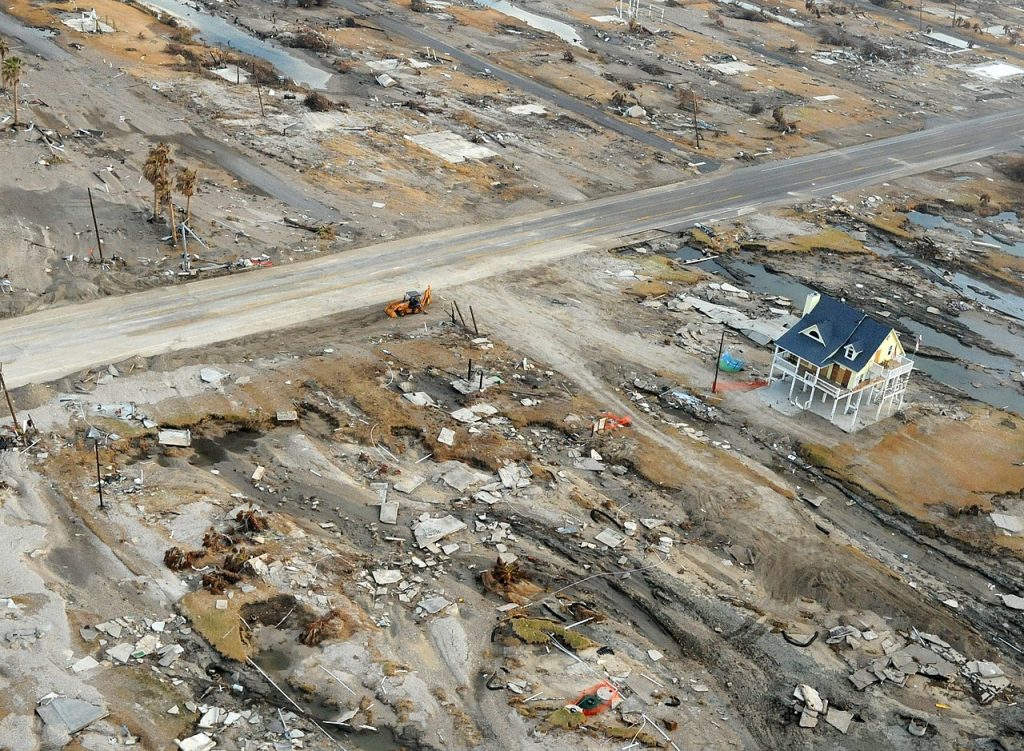
Hurricane Beryl’s early arrival and strength underscore the immediate impacts of climate change. It is no longer a distant threat but a current reality that communities around the world must contend with. The increased frequency and intensity of hurricanes pose significant risks to coastal regions, leading to more frequent evacuations, greater economic losses, and severe impacts on infrastructure and ecosystems.

Efforts to mitigate these impacts must include a combination of short-term preparedness and long-term strategies to address the root causes of climate change. This involves reducing greenhouse gas emissions, investing in resilient infrastructure, and enhancing early warning systems to protect vulnerable populations.
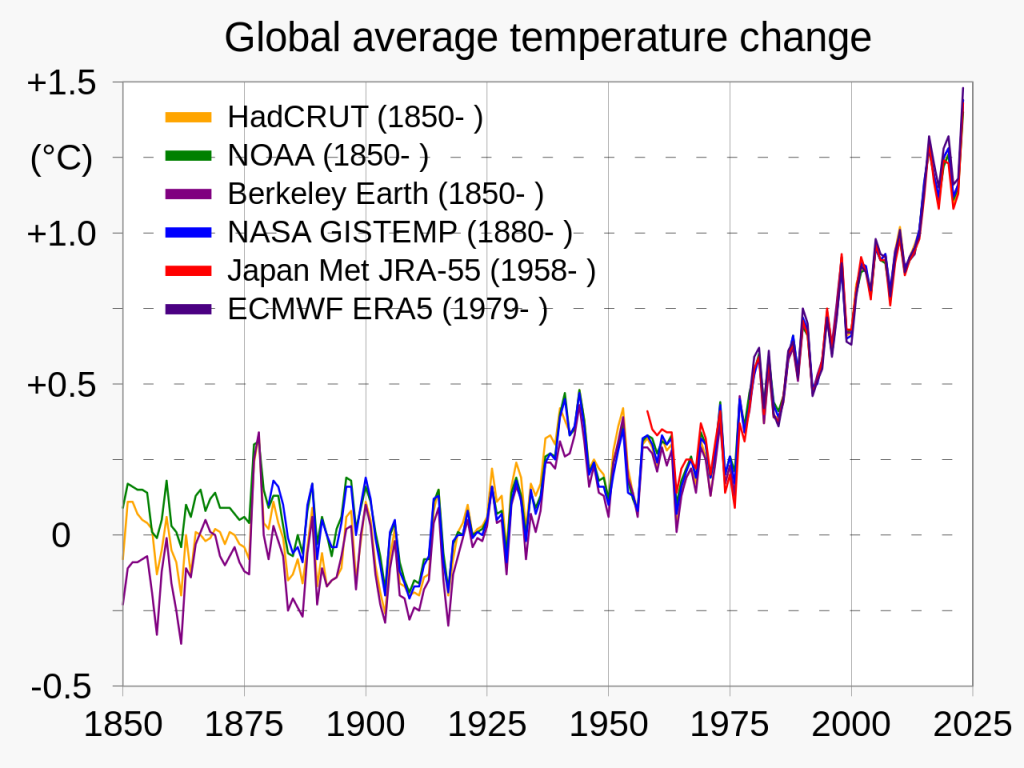
As Hurricane Beryl churns through the Atlantic, it serves as a stark reminder of the urgency of addressing climate change. The predictions from Colorado State University highlight the likelihood of an active and potentially destructive hurricane season, driven in large part by the effects of global warming. The time for action is now, both to prepare for the immediate threats posed by this hurricane season and to tackle the broader challenge of climate change to ensure a safer and more stable future.

